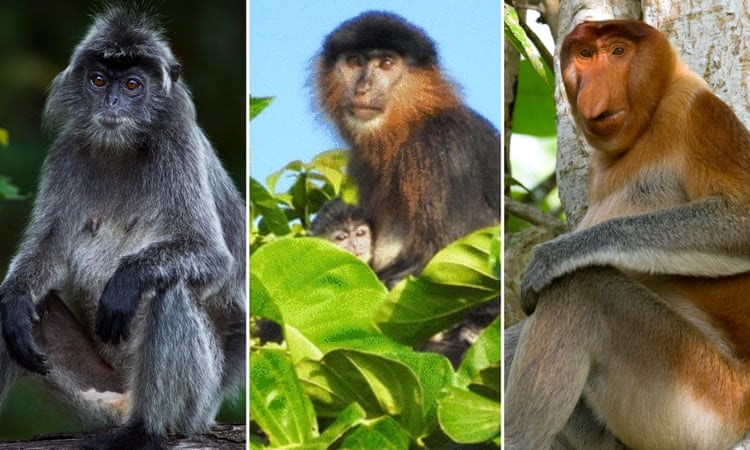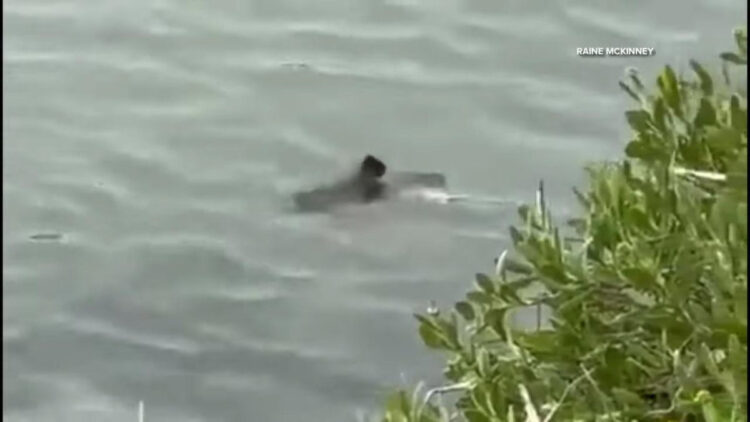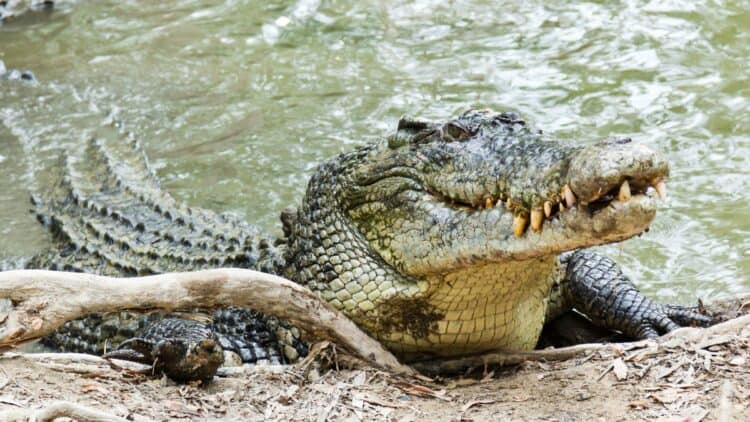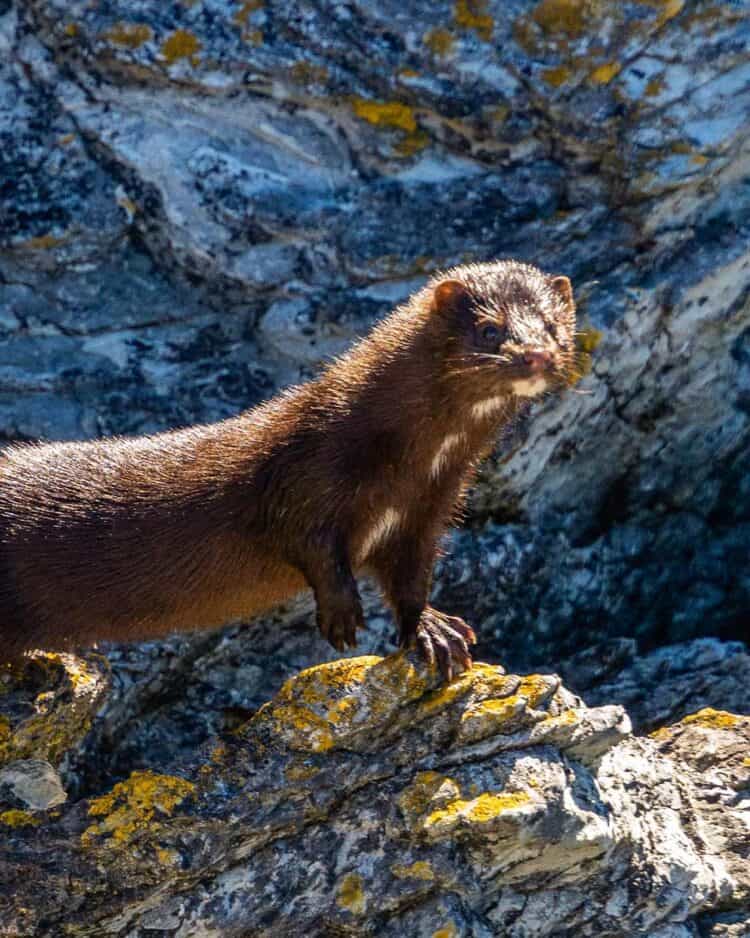Anchorage, Alaska – Scientists working with sophisticated DNA sequencing technology think they may have solved a 20-year-old mystery of what has caused thousands of Alaska’s wild birds to be afflicted with deformed, twisted beaks.
The findings suggest that a newly discovered virus – poecivirus – may be the culprit behind the bizarre beak deformities in chickadees, crows, and other birds. Birds with the defective beaks, which sometimes cross like warped chopsticks, starve to death or die early.
The virus may endanger the health of bird populations around the world, particularly sensitive endangered species, says Colleen Handel, a research wildlife biologist with the U.S. Geological Survey in Anchorage.

Already the deformities seem to be spreading: Bird watchers in the Pacific Northwest, Great Britain, India, and South America have been reporting growing numbers of birds with deformed beaks, including 24 species in North America and 36 in the United Kingdom.
If the virus is causing these twisted beaks – a condition called avian keratin disorder – it raises many questions. Why is the pathogen emerging now? Why is it spreading? Is it newly evolved? Is there something in the environment that is fueling it?
Biologists at the USGS in Anchorage first observed these deformities among black-capped chickadees in the late 1990s. Since then, the researchers, now assisted by California molecular scientists, have been trying to find the cause. They’re not quite there yet. The scientists cautiously say in their new study that they’ve detected “a strong, statistically significant correlation between poecivirus infection and avian keratin disorder and black-capped chickadees.”
Screening of 19 chickadees with twisted beaks revealed that 100 percent were infected with the virus, while only two of nine chickadees without the deformity had the virus. Why those two birds were infected but did not have twisted beaks is unknown, but it’s possible that they had only recently been infected so the abnormal beak growth was not yet detectable. Two northwestern crows and two red-breasted nuthatches with twisted beaks also had the virus.
“It’s really exciting that we found this new virus, and it looks like it really could be the cause. But we haven’t yet proven that it is the cause of the disease,” says University of California, San Francisco, disease ecologist Maxine Zylberberg. She discovered the virus and its relationship with avian keratin disorder using next-generation genome sequencing while working with a team at the California Academy of Sciences.
To prove the new virus is causing avian keratin disorder—rather than just coincidentally found in the deformed birds—the researchers will test more samples and more species. The USGS plans to design experiments exposing healthy birds to the virus to see if they develop beak deformities.
No evidence of other causes, such as chemical pollutants and diet deficiencies, has emerged.
Normally beak defects are detected in less than 1 percent of wild birds. But between 1999 and 2008, Alaska researchers found twisted beaks in 6.5 percent of more than 2,000 black-capped chickadees captured around Anchorage and the Matanuska Valley. For northwestern crows at six Alaska sites in 2007 and 2008, the deformities were found in 17 percent, the “highest rate of gross deformity every documented in a wild bird population,” according to the U.S. Geological Survey.
In most cases, the upper beak extends over the lower beak, sometimes growing twice as long, curving down and interfering with eating, preening, and nest building.
Chickadees, the size of a small avocado, stay year-round in Alaska, so they need all of their life skills to survive harsh winters. The handicapped birds can starve or freeze when they can’t groom their feathers.
Suspecting that a virus is the cause opens up new worries of a pandemic among birds, and of how to mount an effective response to outbreaks. There is no known treatment.
“We want to know the mode of transmission. The birds most commonly with beak deformities seem to be social animals. Chickadees come to bird feeders. Crows congregate along coastlines. It’s a lot like human sanitation. Wash your hands! We have to let people know to keep bird feeders clean,” says Handel. In 1998 Handel was the first to recognize, collect data, and finally, with colleague Caroline Van Hemert, name the disorder.
X-rays of the deformities showed something odd: The accelerated growth occurred not in the bone beak but in the keratin, the thick fibrous protein layer that covers the bone. That layer, called the rhamphotheca, is adapted for food foraging, and contains sensory organs that detect prey.
Now that the new virus has been identified, birds around the world can be tested for it. A side benefit of the sequencing research has been the development of an easy, inexpensive swab test for the virus that eliminates the necessity of killing the birds.
In the fall the Falcon Research Group in Bow, Wash., founded by raptor biologist Bud Anderson, will collect swabs from red-tailed hawks suffering from elongated, mangled beaks. Anderson noticed deformed red-tails on the Samish Flats in Skagit County, Washington, in the late 1990s, at about the same time Handel started collecting sightings in south-central Alaska.
“We want people to look for abnormal clusters of birds with beak deformities,” says Handel, “just like the Centers for Disease Control and Prevention looks for abnormal clusters of disease in humans.”
At her own bird feeders, Handel, who has lived in Alaska for 40 years, echoed sentiments of other fans of the black-and-white chickadees.
“We feel that all of these birds are part of our families,” she says. “They come to our back yards. We see them. We feed them. We consider them our birds. It’s a gut-wrenching experience when we see these small birds with gross beak deformities. They’re handicapped in everything they do. We want to remedy the situation.”
This article was first published by National Geographic on 16 Aug 2016.






Leave a Reply